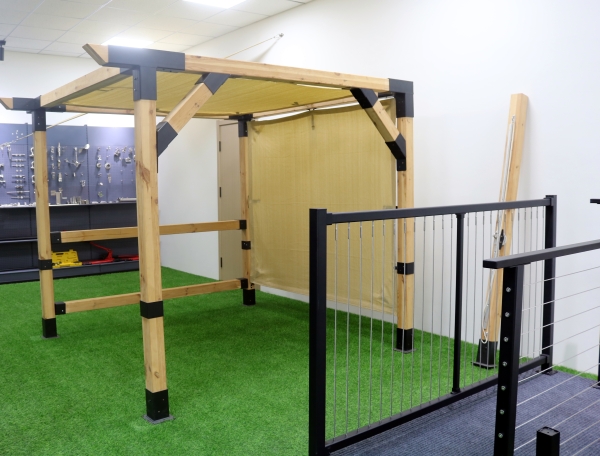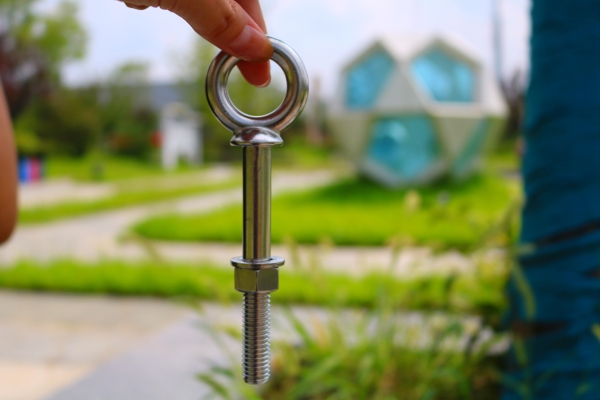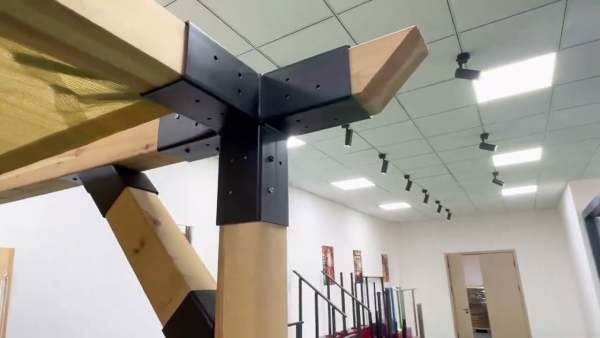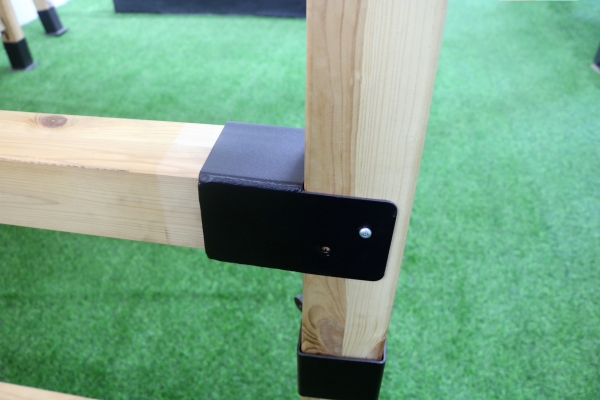Table of Contents
Understanding the Different Types of Permits Needed for Building a Pergola
Building a pergola can be a great addition to any outdoor space, providing shade and a beautiful focal point for your backyard. However, before you start construction, it is important to understand the different types of permits that may be required. In this article, we will discuss the various permits needed for building a pergola and why they are necessary.
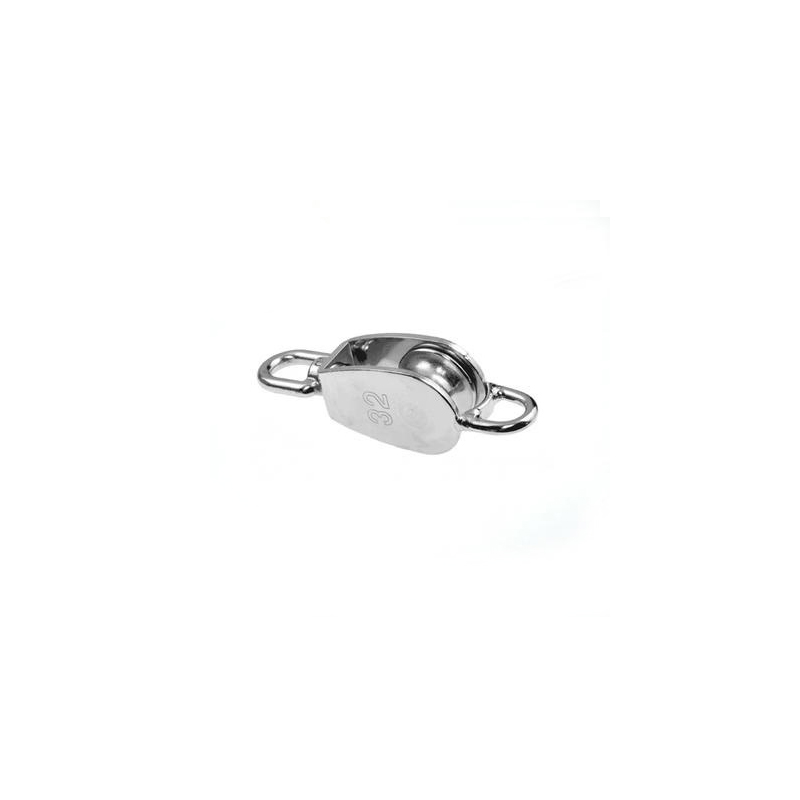
One of the most common permits required for building a pergola is a building permit. A building permit is necessary to ensure that the structure meets local building codes and regulations. These codes are in place to ensure the safety and structural integrity of the pergola. Building permits typically require detailed plans and specifications for the construction of the pergola, including materials to be used and the method of construction.
In addition to a building permit, you may also need a zoning permit. Zoning permits are required to ensure that the pergola complies with local zoning laws and regulations. These laws dictate where structures can be built on a property, as well as the size and height limitations of the structure. Zoning permits may also require approval from neighbors or the local zoning board before construction can begin.
Another permit that may be required for building a pergola is an electrical permit. If you plan to install lighting or electrical outlets in your pergola, you will need an electrical permit to ensure that the wiring is installed safely and up to code. Electrical permits typically require a licensed electrician to perform the work and may also require an inspection before the permit is approved.
Finally, depending on the location of your pergola, you may need a permit for environmental impact. If your pergola is being built near wetlands, waterways, or protected habitats, you may need a permit to ensure that the construction does not harm the environment. These permits may require an environmental impact assessment to determine the potential effects of the construction on the surrounding ecosystem.
In conclusion, building a pergola can be a great way to enhance your outdoor space, but it is important to understand the different types of permits that may be required before construction can begin. Building permits, zoning permits, electrical permits, and environmental impact permits are all important to ensure that your pergola is built safely and in compliance with local regulations. By obtaining the necessary permits before construction begins, you can avoid costly fines and delays in the construction process.
Step-by-Step Guide to Obtaining the Necessary Permits for Your Pergola Project
Building a pergola can be a great addition to your outdoor space, providing shade and a beautiful focal point for your backyard. However, before you start construction, it is important to ensure that you have obtained all the necessary permits. Permits are required for building a pergola to ensure that the structure meets safety and zoning regulations. In this article, we will provide a step-by-step guide to obtaining the necessary permits for your pergola project.
The first step in obtaining permits for your pergola project is to determine the specific requirements in your area. Building codes and regulations vary by location, so it is important to check with your local building department to find out what permits are required. In most cases, you will need a building permit for any structure that is attached to your home or exceeds a certain size.
Once you have determined the permit requirements in your area, the next step is to prepare the necessary documentation. This may include detailed plans and drawings of the pergola, as well as information on the materials and construction methods that will be used. It is important to provide accurate and detailed information to ensure that your permit application is approved.
After you have prepared the necessary documentation, you can submit your permit application to the local building department. The application will be reviewed by a building inspector, who will ensure that the proposed pergola meets all safety and zoning requirements. The inspector may request additional information or modifications to the plans before approving the permit.
Once your permit application has been approved, you can begin construction on your pergola project. It is important to follow the approved plans and specifications to ensure that the structure meets all building codes and regulations. Failure to comply with the permit requirements can result in fines or even demolition of the structure.
During the construction process, it is important to schedule inspections with the building department to ensure that the pergola is being built according to the approved plans. Inspections may be required at various stages of construction, such as before pouring concrete footings or after installing the roof. It is important to schedule inspections in advance to avoid delays in the construction process.
Once construction is complete, a final inspection will be conducted to ensure that the pergola meets all building codes and regulations. If the structure passes the final inspection, a certificate of occupancy will be issued, allowing you to use the pergola as intended. It is important to keep all permit documentation on file in case it is needed for future inspections or renovations.
In conclusion, obtaining permits for building a pergola is an important step in ensuring that your project meets all safety and zoning requirements. By following the step-by-step guide outlined in this article, you can navigate the permit process with ease and ensure that your pergola project is a success. Remember to check with your local building department for specific requirements in your area and to follow all permit guidelines throughout the construction process.


